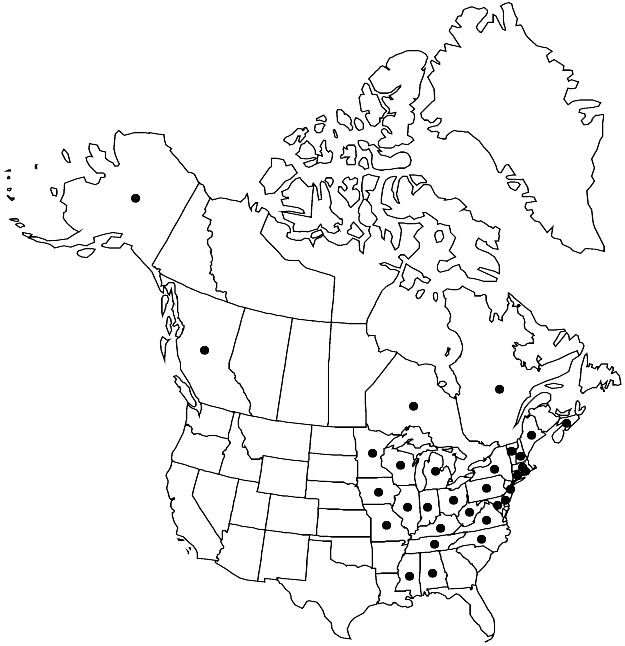Difference between revisions of "Elodium paludosum"
Musci Appalach., 306. 1870.
FNA>Volume Importer |
imported>Volume Importer |
||
| (3 intermediate revisions by 2 users not shown) | |||
| Line 11: | Line 11: | ||
|name=Helodium paludosum | |name=Helodium paludosum | ||
|authority=(Austin) Brotherus | |authority=(Austin) Brotherus | ||
| + | |rank=species | ||
}} {{Treatment/ID/Synonym | }} {{Treatment/ID/Synonym | ||
|name=Thuidium paludosum | |name=Thuidium paludosum | ||
|authority=(Austin) Rau & Hervey | |authority=(Austin) Rau & Hervey | ||
| + | |rank=species | ||
}} | }} | ||
|hierarchy=Helodiaceae;Elodium;Elodium paludosum | |hierarchy=Helodiaceae;Elodium;Elodium paludosum | ||
| Line 38: | Line 40: | ||
-->{{#Taxon: | -->{{#Taxon: | ||
name=Elodium paludosum | name=Elodium paludosum | ||
| − | |||
|authority=Austin | |authority=Austin | ||
|rank=species | |rank=species | ||
| Line 53: | Line 54: | ||
|publication year=1870 | |publication year=1870 | ||
|special status= | |special status= | ||
| − | |source xml=https:// | + | |source xml=https://bitbucket.org/aafc-mbb/fna-data-curation/src/2e0870ddd59836b60bcf96646a41e87ea5a5943a/coarse_grained_fna_xml/V28/V28_503.xml |
|genus=Elodium | |genus=Elodium | ||
|species=Elodium paludosum | |species=Elodium paludosum | ||
Latest revision as of 21:36, 5 November 2020
Plants medium-sized, in delicate mats, pale green or yellow-green. Stems green, spreading, loosely 1-subpinnate, branches unequal, flexuose; central strand present; paraphyllia many, loosely felted on stems and branches, to 10 or 11 cells in length. Stem and branch leaves distant, wide-spreading when moist, ovate-lanceolate, striate-plicate, stem leaves 1.5–1.8 mm, branch leaves 0.9–1.5 mm; margins plane in acumen, nearly entire proximally, minutely serrulate or sinuate-serrulate distally; apex gradually long-acuminate, acumen slender, flat; costa ending in acumen near apex to subpercurrent, proximal abaxial surface smooth; stem leaf laminal cells long-rectangular to linear, corners angular, abaxial surface smooth or weakly papillose-prorulose because of projecting distal ends of lumen, walls thin, especially in margins. Perichaetia leaf margins regularly denticulate distally. Seta 2–2.8 cm. Capsule 2–2.5 mm.
Phenology: Capsules mature spring.
Habitat: Hydric soil of fens, marshes, hummocks in swamps, logs, base and roots of Alnus, seepages, depressions in wet woods and thickets, grassy wet meadows and bottomlands, wet tree bases, Taxodium distichum swamps in southern areas, near springs, dry soil, seasonally submerged, seasonally wet areas, dry sinkhole ponds, top of hills and mountains in brushy marshes
Elevation: low to moderate elevations
Distribution

B.C., N.S., Ont., Que., Ala., Alaska, Conn., Del., Ill., Ind., Iowa, Ky., Maine, Md., Mass., Mich., Minn., Miss., Mo., N.H., N.J., N.Y., N.C., Ohio, Pa., R.I., Tenn., Vt., Va., W.Va., Wis., e Asia.
Discussion
Elodium paludosum tolerates drier situations than E. blandowii. The leaves are more distant on the stem (especially notable when dry). Although the leaves of E. blandowii are strongly, and E. elodioides moderately, catenulate when dry, those of E. paludosum are straight and wide-spreading.
Selected References
None.